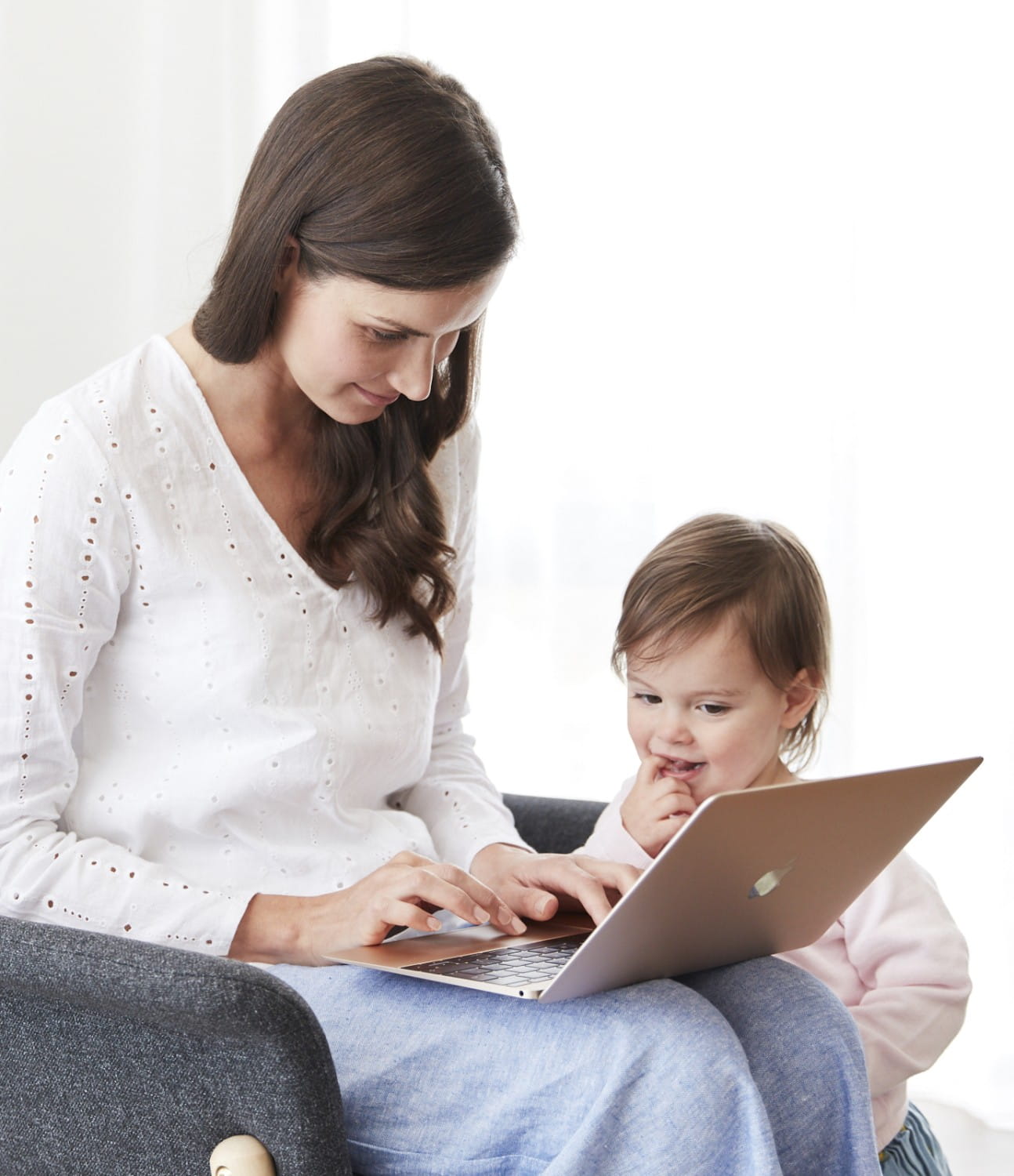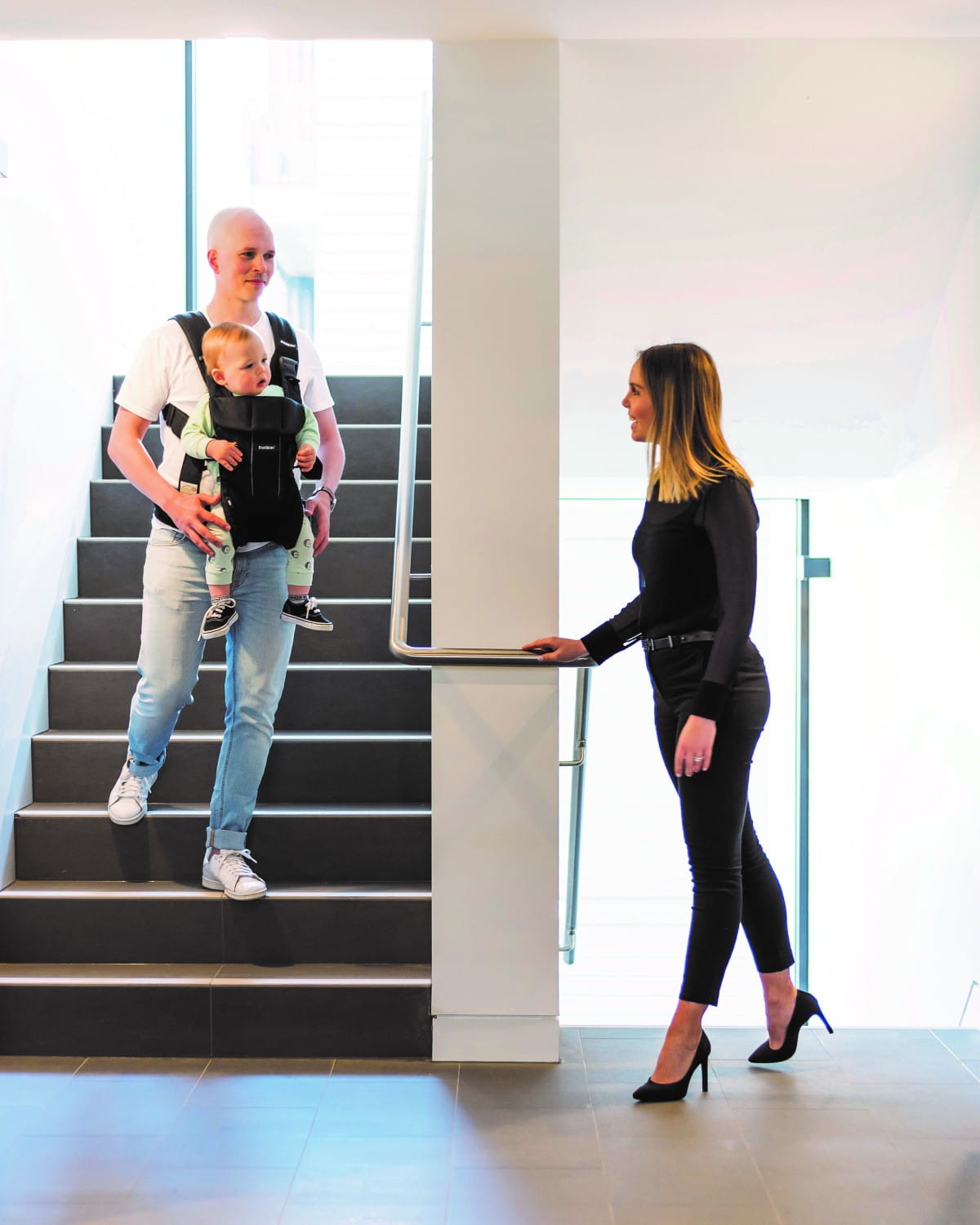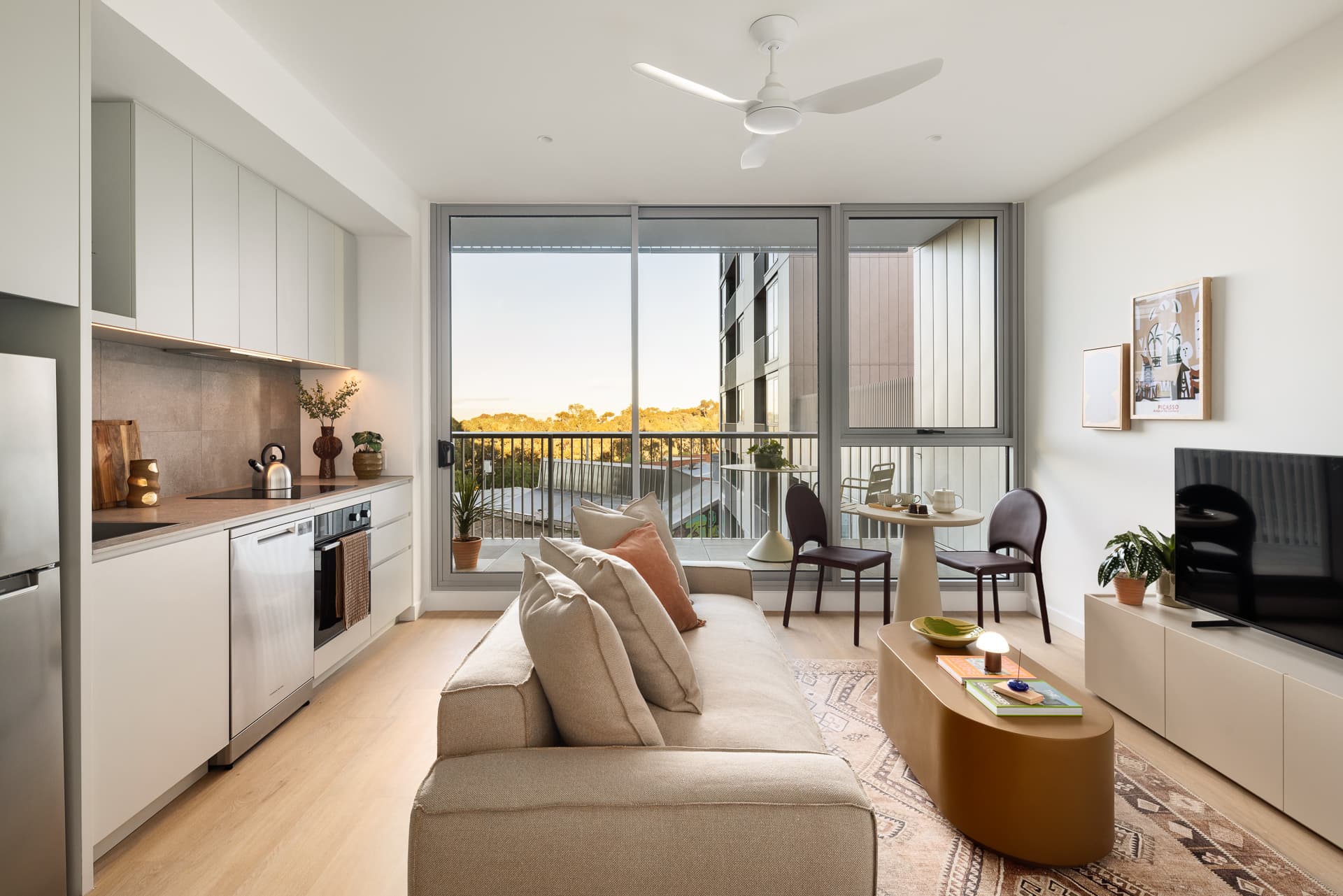Hyper-Local Living - The Return of The Urban Village
Here's an interesting finding for you from research we've recently undertaken: 37% of Mirvac customers would be tempted to reconsider where they live if they could work from home more frequently.
What was even more interesting to me was the strong discrepancy in terms of where people would relocate to, given the choice: only 13% would move closer to their workplace, while 24% would move further away.
"That got me thinking about the tension between where we live and where we work."
Changing behaviours and settlement patterns
As someone who has spent my whole working life thinking about people's wants and needs and how these factors determine property choices, I expect how we live and work post COVID-19 will not only redefine housing design, but whole new patterns of urban planning. I imagine a time when cities and suburbs will be orientated around both traditional workplaces and home-based hubs. Might we also see a steady migration to lifestyle-driven destinations such as coastal or country areas, as homes we'd normally book for the occasional short-term stay, perhaps become a more permanent address?
"We've reclaimed the streets while we've been in lockdown."
A new hyper-local lifestyle
People living in apartments have also found novel ways to connect with their own micro-communities, whether that be using balconies as a platform to entertain others, or taking to the fire stairs to say hi to their neighbours, which is exactly what's happening at Mirvac's The Finery in Waterloo. Here we designed the fire stairs to be open and accessible, to encourage people to take the stairs rather than the lifts. This design decision has also since had the happy consequence of creating an 'incidental' meeting place for impromptu social exchanges.
Yes, it takes a village to create genuine connection and given the opportunity, we prefer to live hyper-local. Going hand-in-hand with this newfound appreciation for living local, I believe, will be a greater focus on public health and safety, and a greater investment in public infrastructure such as community spaces, to enable us to better balance our new working-from-home lives. Let's hope these and other urban improvements will be welcome by-products of a very unwelcome pandemic.

Mirvac acknowledges Aboriginal and Torres Strait Islander peoples as the Traditional Owners of the lands and waters of Australia, and we offer our respect to their Elders past and present.
Artwork: ‘Reimagining Country’, created by Riki Salam (Mualgal, Kaurareg, Kuku Yalanji) of We are 27 Creative.




